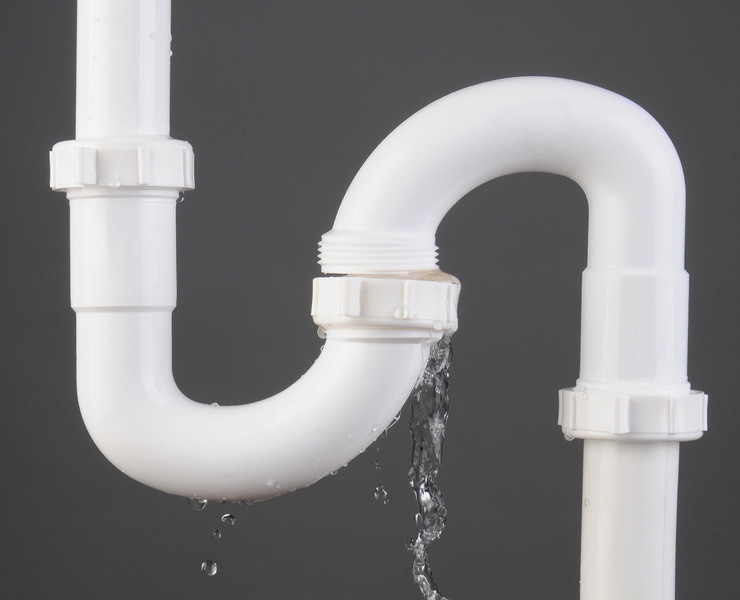Just about everyone has got their unique perception in relation to Locating water leaks.

Early detection of leaking water lines can mitigate a prospective catastrophe. Apart from saving you money, it will lessen the stress and also irritation. The minute you locate a leakage, calling your plumber for repairs is the best solution. Nevertheless, some small water leakages might not show up. Here are some hacks that help if you can not find it with your nude eyes.
1. Check Out the Water Meter
Every residence has a water meter. Checking it is a proven manner in which helps you uncover leaks. For beginners, turn off all the water resources. Ensure nobody will certainly purge, utilize the tap, shower, run the washing machine or dishwasher. From there, go to the meter and watch if it will change. Considering that no person is using it, there must be no activities. That suggests a fast-moving leak if it moves. Similarly, if you find no changes, wait a hr or two and also examine back again. This indicates you might have a slow leakage that might even be underground.
2. Check Water Intake
If you find abrupt changes, regardless of your usage being the exact same, it suggests that you have leakages in your plumbing system. A sudden spike in your bill shows a fast-moving leakage.
A constant rise every month, also with the exact same routines, shows you have a slow leakage that's also gradually intensifying. Call a plumber to extensively check your building, especially if you feel a warm location on your flooring with piping beneath.
3. Do a Food Coloring Test
When it comes to water consumption, 30% comes from bathrooms. If the shade in some way infiltrates your bowl during that time without flushing, there's a leakage in between the tank and bowl.
4. Asses Exterior Lines
Don't forget to inspect your outside water lines as well. Test faucets by connecting a garden hose pipe. Should water leak out of the link, you have a loosened rubber gasket. Replace this and guarantee all links are tight. It will certainly help get it properly examined and kept annually if you've got a lawn sprinkler system. One tiny leakage can squander lots of water as well as spike your water costs.
5. Examine and also Analyze the Circumstance
House owners should make it a practice to examine under the sink counters as well as also inside cabinets for any bad odor or mold growth. These two red flags indicate a leak so timely attention is required. Doing routine inspections, also bi-annually, can save you from a significant trouble.
Examine for discolorations and also deteriorating as many pipes and also home appliances have a life expectations. If you suspect leaking water lines in your plumbing system, do not wait for it to rise.
Early detection of dripping water lines can alleviate a potential disaster. Some tiny water leaks might not be noticeable. Examining it is a surefire way that helps you uncover leakages. One small leak can squander tons of water and also surge your water expense.
If you presume leaking water lines in your plumbing system, do not wait for it to escalate.
WARNING SIGNS OF WATER LEAKAGE BEHIND THE WALL
PERSISTENT MUSTY ODORS
As water slowly drips from a leaky pipe inside the wall, flooring and sheetrock stay damp and develop an odor similar to wet cardboard. It generates a musty smell that can help you find hidden leaks.
MOLD IN UNUSUAL AREAS
Mold usually grows in wet areas like kitchens, baths and laundry rooms. If you spot the stuff on walls or baseboards in other rooms of the house, it’s a good indicator of undetected water leaks.
STAINS THAT GROW
When mold thrives around a leaky pipe, it sometimes takes hold on the inside surface of the affected wall. A growing stain on otherwise clean sheetrock is often your sign of a hidden plumbing problem.
PEELING OR BUBBLING WALLPAPER / PAINT
This clue is easy to miss in rooms that don’t get much use. When you see wallpaper separating along seams or paint bubbling or flaking off the wall, blame sheetrock that stays wet because of an undetected leak.
BUCKLED CEILINGS AND STAINED FLOORS
If ceilings or floors in bathrooms, kitchens or laundry areas develop structural problems, don’t rule out constant damp inside the walls. Wet sheetrock can affect adjacent framing, flooring and ceilings.
https://www.servicemasterbyzaba.com/blog/how-to-detect-water-leakage-in-walls/

Do you appreciate reading up on Hacks to detect leaks? Give a remark below. We will be pleased to hear your insights about this write-up. Hoping that you come back again before long. In case you appreciated our blog posting please make sure you remember to pass it around. Thanks so much for going through it.